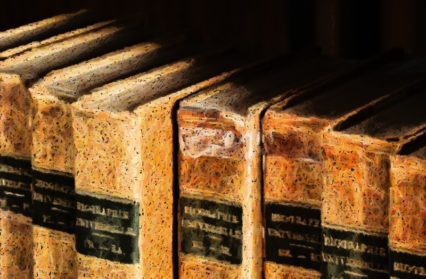Historian Daryl Leeworthy explains some of the journey behind his vital new book exploring the story of the Labour Party in the south Wales valleys.
As any historian will tell you, writing about the past can be daunting. What sources exist and where are they kept? Who are the key personalities, the dreamers and the doers? What do we already know? The contours of South Wales’s radicalism are relatively well-known. Two waves of industrialisation, copper and iron at first and subsequently coal and steel, produced a radical-liberal and then a social democratic society. As politics democratised, allegiances settled on the Liberal Party before the turbulence of the early twentieth century provided the nascent Labour Party with an opportunity to force the great shift. The key battleground was the South Wales Miners’ Federation formed exactly 120 years ago in the autumn of 1898. Whereas in Ireland, and to a lesser extent in Scotland, the historical narrative has traditionally been based on the debate between nationalism and unionism; in Wales, and this is a feature which is shared with England, the over-arching theme is that of class politics. For all that William Abraham, Mabon, the miners’ first great leader, played on his Welshness, he understood (and said so) that it was class not nation which mattered most in the struggle for better pay and conditions. His successors all followed suit.
Mabon also understood that events in the Rhondda, say, had a global resonance: hardly surprising given the Admiralty was the coalfield’s best customer and steam coal from Glamorgan and Monmouthshire powered a significant proportion of international trade and communications. The list of consulates in Cardiff a century ago included representatives from across the Americas, Europe, and Asia. The proud Norwegian Church which stands overlooking the bay was once part of a thriving community of overseas missions for German, Finnish, Lithuanian, and Dutch sailors. Swedes and Danes, Icelanders and Estonians also attended services in the Norwegian or Finnish churches in the absence of their own missions. Cardiff’s rich tradition of Catholic, Jewish, Greek Orthodox, and Islamic worship were – and are – no less apparent. It was not so different in Barry, either. There can be no doubt that a history of Labour Country written using only those sources which are available locally misses an enormous amount. The world of South Wales was polyglot and true mastery of its sources requires knowledge of more languages than English and Welsh. At a minimum we should add French, German, Spanish, Russian, and Arabic.
When I started to research the book, I knew I would have two audiences and two intentions. On the one hand I wanted to make the case to historians and readers outside of Wales that the South Wales Coalfield was not a periphery but a central cog in the economic system which made nineteenth and early twentieth century Britain. To ignore it, or to rehearse brief mentions of ‘Tonypandy’ or ‘the Depression’, or a decontextualised Nye Bevan, is to fail to understand the nature of Britain in that formative period. And to readers inside Wales, I wanted to reassert, as strongly as I could, the need to understand that South Wales existed – the capital is significant – and that its legacies are too important either to neglect or to misrepresent as a kind of ‘fake news’. South Walian social democracy, with the Rhondda at its heart, was not, as some have supposed, a motif invented by one generation of historians which can be discarded in favour of recovering forms of historical Welshness, but a reality. And a reality with an economic not an identitarian quandary at its heart. In the words of Gwyn Thomas: ‘I was denied the sight of a society that was economically sure of itself, confident that we had got hold of a productive system that was on the make, on the way, glad to be making the things it was making, devoutly proud of its money’.
Working on Labour Country involved reading reams of correspondence, dozens of minute books and diaries, thousands of pages of newspapers, novels, historical and contemporary journal articles, and countless hours of radio and television broadcasts. It involved research in person across two continents and digital research across two others. I lost count of the number of books and articles I read, and the Glamorgan Archives became a second home! This voluminous level of intricate and detailed research was the only way to fulfil my twin ambitions for the project; the only way to cut through some of the well-established but thinly evidenced mythologies that have arisen about certain moments in the past; and the only way to convince others that the story was worth telling and that the dreamers and doers namechecked were worth recovering from their relative neglect. The result, I believe, is a passionate portrait of a region that matters a great deal and a past from which we may take enormous inspiration.
Labour Country by Daryl Leeworthy is available now from Parthian Books.












